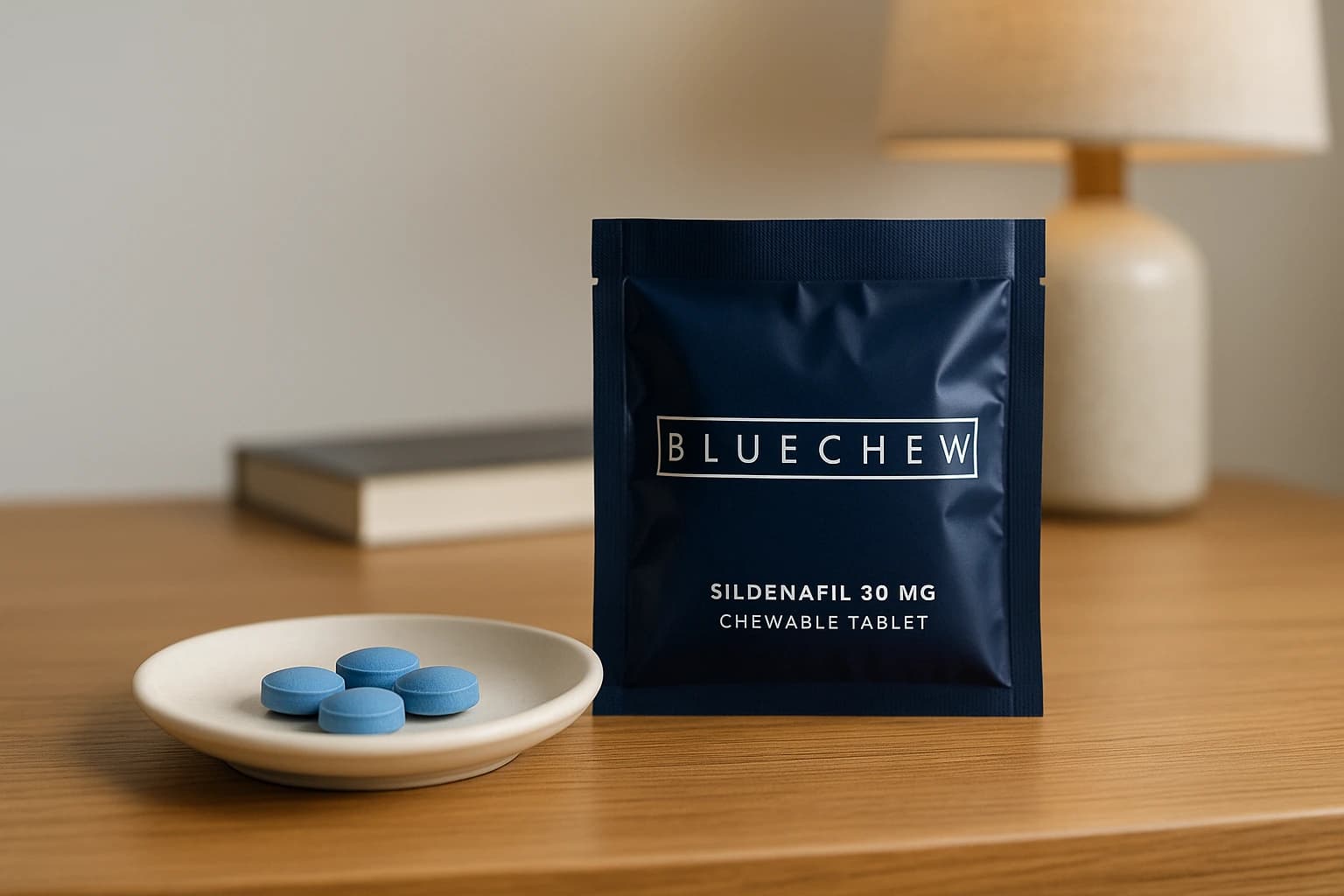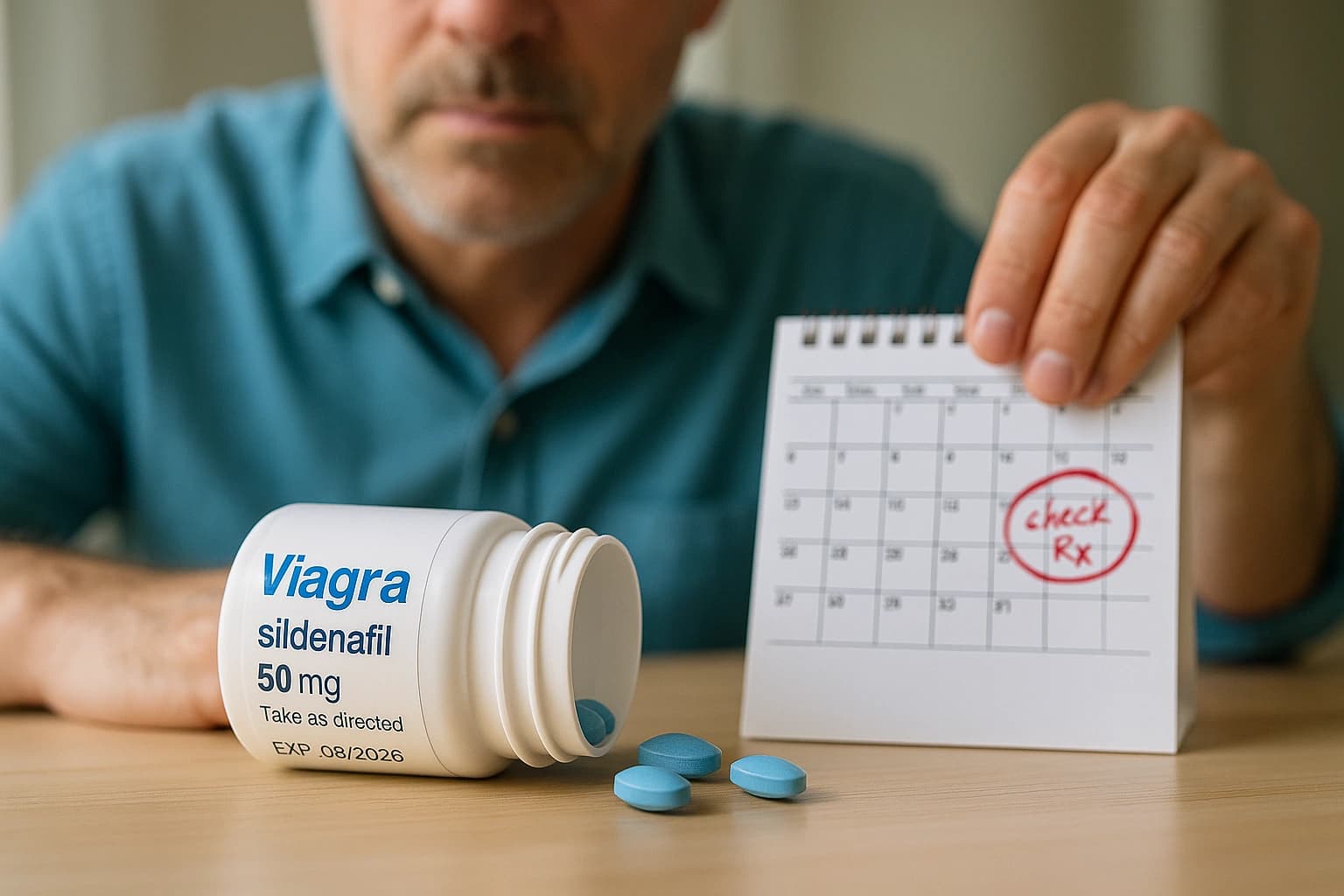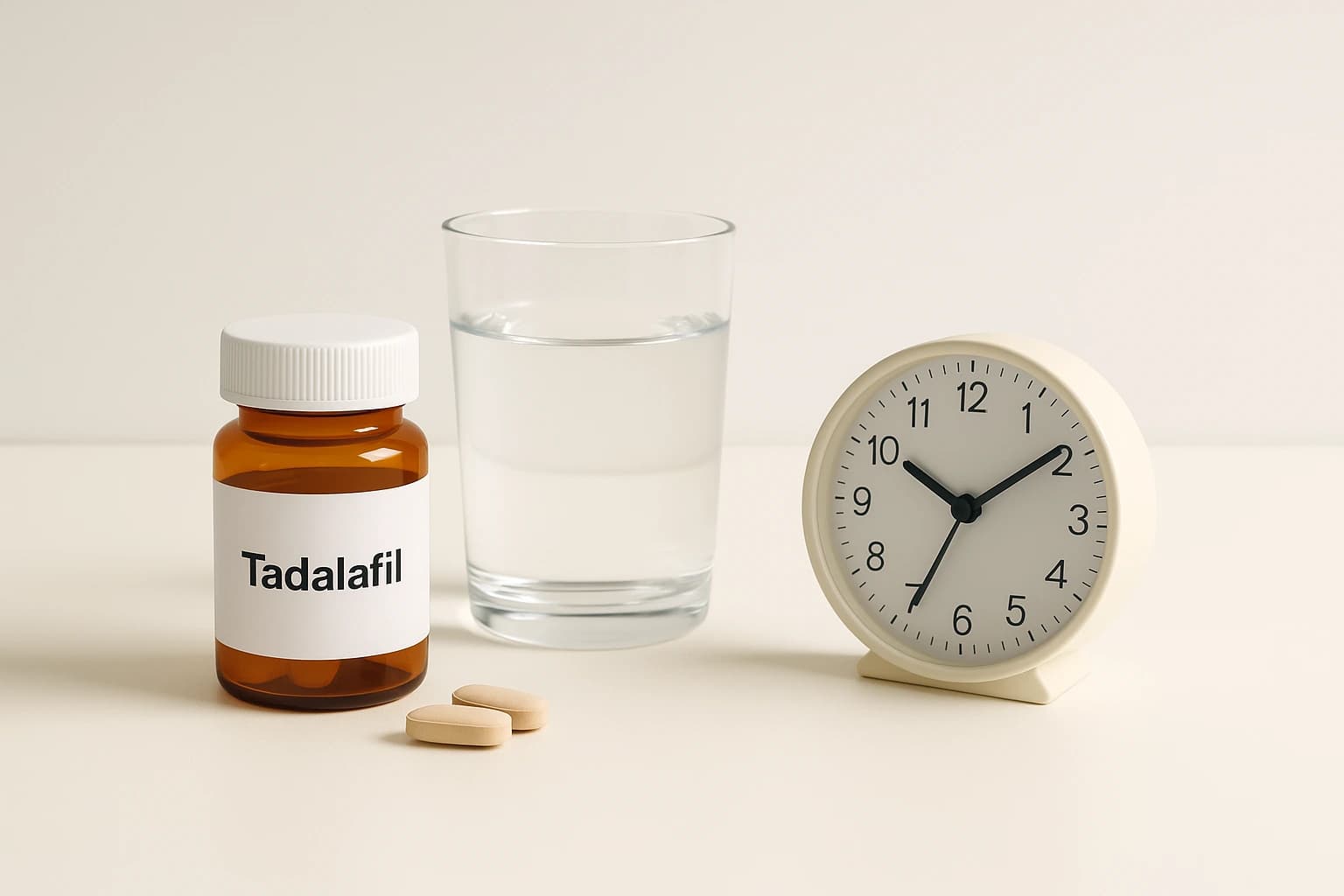What Side Effects and Safety Considerations Should You Know?
What are the most common effects?
Most people notice mild, short-lived effects such as headache, flushing or warmth, stuffy nose, indigestion/heartburn, or dizziness. With tadalafil specifically, back or muscle aches are a bit more common. These usually fade as the dose wears off; if they persist or bother you, ask your clinician about adjusting strength or switching ingredients.
Who should not take it?
Do not use these medicines if you take nitrates (for chest pain) or riociguat (for pulmonary hypertension). Avoid use if your clinician has told you to avoid sexual activity for heart-health reasons. You’ll also need individualized advice if you’ve had a recent heart attack or stroke, have very low blood pressure, severe liver/kidney disease, retinitis pigmentosa or prior NAION, or conditions that predispose to priapism (e.g., sickle cell disease, leukemia, multiple myeloma).
Which medicines or substances can interact?
Absolute: Nitrates, riociguat, “poppers” (amyl nitrite).
Use with caution: Alpha-blockers and other blood-pressure meds (risk of lightheadedness), strong CYP3A4 inhibitors (some antifungals/antibiotics, certain HIV meds) that can raise drug levels, and CYP3A4 inducers (e.g., rifampin) that can reduce effect.
Lifestyle factors: Heavy alcohol increases dizziness/low blood pressure (especially with tadalafil). Grapefruit may alter levels—ask your clinician before regular use.
What are the danger signs?
Seek urgent care for chest pain, an erection lasting >4 hours (priapism), sudden vision changes or vision loss, or sudden hearing loss with ringing or dizziness. Stop the medication and contact your clinician for severe or persistent side effects of any kind.
Any final safety rules?
Use one dose in 24 hours, don’t combine with other ED drugs, and chew the chewable rather than splitting or stacking tablets. If you feel faint, do not drive; sit or lie down and hydrate. When in doubt, message your clinician before your next dose.



